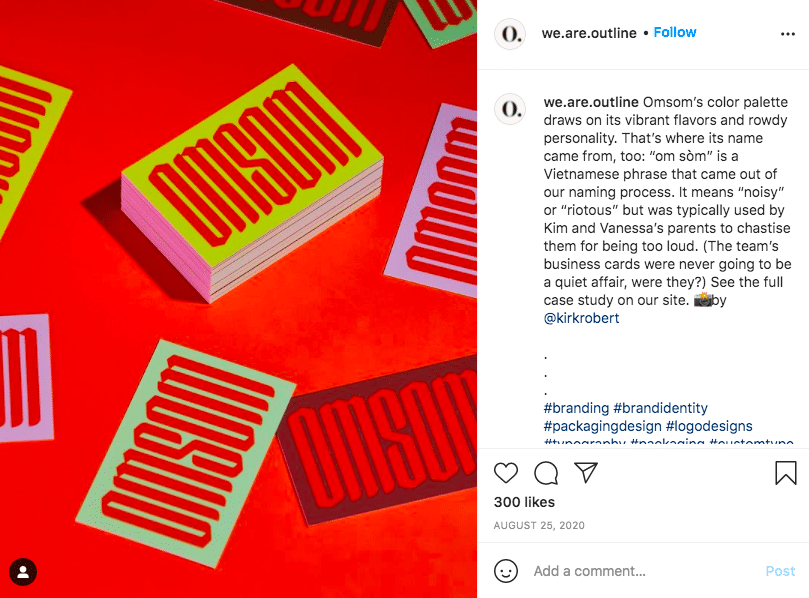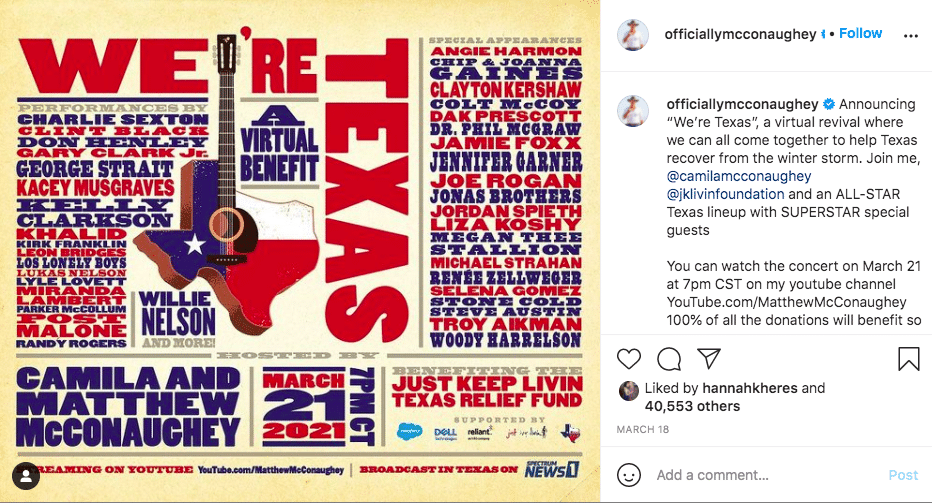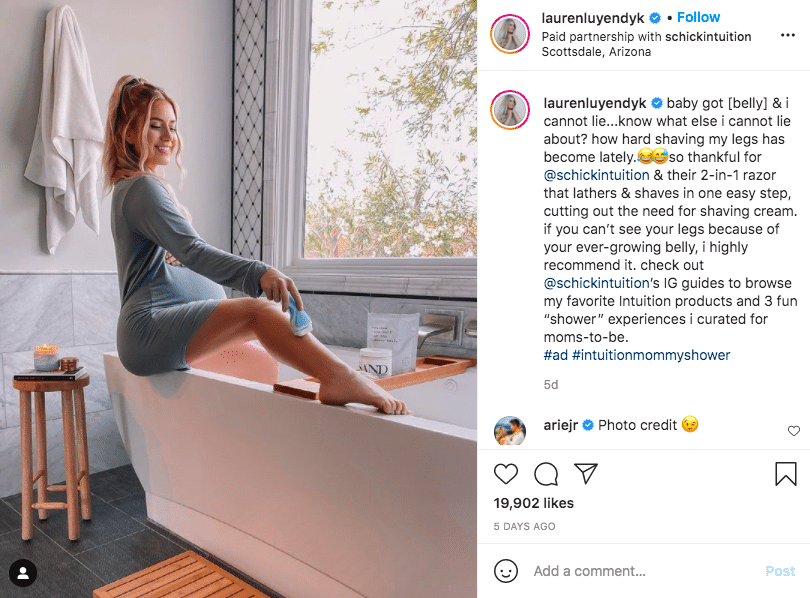Now more than ever is the time for businesses to refine their communication tactics for both Gen Z and for Millennials. As the older part of Gen Z begins to make its entry into adulthood, and the elder portion of the Millennials are entering their 40s, many marketers are wondering how to make marketing plans that can account for both groups, and employers are looking to better understand how they can communicate with their employees.
Indeed, the age disparity seems severe: The youngest cohort in Gen Z is currently six years old, and the oldest millennials are 40. How can employers and marketers effectively communicate to this wide demographic range both as a marketing target audience and as employees within a business context?
The reality is that there are certain gaps that cannot be bridged, and there’s no single communication tactic that’ll work for this wide net.
However, there are certain areas where the two generations overlap. Specifically, many Gen Zers are just beginning to enter the workforce, and the younger part of the Millenials are pretty new to the working world as well.
In this guide, we’ll cover seven effective communication tactics for Gen Z and Millennials, whether you’re trying to communicate better with your employees or market to them on social media. But first, let’s get a bit of context on the difference between each generation.
The Millennials and Gen Z up Close
The Millenials and Their Characteristics
The term “Millenial” refers to anyone born between the years 1981 and 1996. In other words, anyone who’s between the ages of 25 and 40 as of 2021 is considered a Millennial.
Millenials have been a major concern for marketers over the past decade or so as they have vastly different habits than their older counterparts. Millennials were born right at the cusp of the birth of the internet, meaning that many grew up with the early internet. Younger millennials won’t even remember a time without it.

Currently, Millennials make up about 35% of the workforce. By 2030, Millennials will make up the majority of the workforce.
Unfortunately, Millennials are not very engaged in their work, with only 30% reporting that they find their work engaging. As a testament to this fact, 21% of Millenials have switched jobs in the last 12 months, 62% of Millennials are considering switching jobs or moving to freelancing, and 35% of Millennials plan to retire before the age of 65. All in all, Millennial turnover costs the U.S. economy $30.5 billion each year.
One of the key features that separates Millennials from other generations is the importance they place on making sure they only buy from brands that align with their values. In fact, 71% of Millennials report that they’ll pay more for a product if they know some of the proceeds will go to charity.
Plus, out of all the extant generations, Millennials are the biggest spenders. That means that they’re an especially important generation for businesses to corner.
Generation Z and Their Characteristics
Gen Z refers to anyone born between the years 1996 and 2015. That means that anyone who’s between the ages of six and 25 is a part of Gen Z as of 2021.
As you can tell, from a marketing perspective, the gap between the oldest and youngest members of the generation is even bigger due to the huge developmental differences. Not only are you dealing with people in different phases of their lives, but you’re dealing with a generation that’s predominantly filled with children and some adults as well.
This makes understanding Gen Z in the workplace a bit harder, as only a relatively small portion of the generation has even entered the working world. This means that there are lots of unknowns, and the current trends can drastically change as the younger portion grows older.
That said, there are some emerging features. While Millennials were (often unfairly) considered lazy, Gen Z’s workforce habits are largely defined by a sense that they need to work very hard.
In fact, 77% of Gen Z say they believe they will need to work harder than their older counterparts to secure a satisfying professional life. Following this trend, 58% of Gen Z say they’re willing to work nights and weekends if they can get a higher salary.
Other defining features include a preference for working alone and a feeling that technology is important for productivity. A whopping 69% of Gen Z say that they prefer to have their own private workspace.
However, they do share one characteristic with Millennials. For one thing, they are similarly receptive to cause marketing — they prefer to buy from brands that care about more than just making money.
Outside of that, Gen Zers value personability and authenticity. They don’t want to buy from faceless corporations, they want to make purchases from brands they can relate to and which seem personable. This is likely one reason that influencer marketing can be so successful with this generation.
Since Gen Z was brought up with smartphones and social media, they understand the importance of privacy more than previous generations, and place a greater importance on dealing with brands that respect their data privacy.
Perhaps partly as a result, their social media behaviours are different — they prefer new platforms, like Snapchat and TikTok, over the megaliths, such as Facebook. However, this could likely equally be attributed to simply wanting to get away from the old folks and forge their own path outside of the eyes of the adults.
7 Effective Communication Strategies for Millennials and Gen Z
Now that we’ve covered some background information on these two generations, we can dive into some communication tactics for Gen Z and for Millennials.
A disclaimer is warranted though: In many cases, the differences between these two generations is too great to be bridged.
Many of these communication tactics for Gen Z and for Millennials will work well when communicating with Millennials and Gen Zers who are in the middle area. I.e., adults between the ages of 23 and 30, but there simply is no one strategy that will be equally effective for 6-year-olds and 40-year-olds, or even 18-year-olds and 40-year-olds — their stations in life are too different.
1. Make an Effort to Mentor Gen Z Employees During Remote Work
The past year of COVID lockdowns has changed the face of work as we know it, presenting an opportunity for hybrid working. Although one might think that Gen Z would be the most amenable to such a tech-dependent work situation out of all the generations, this is not how things have panned out.
In fact, nearly three quarters of Gen Z respondents to a survey by Tallo stated that they prefer work situations that offer both in-person and remote opportunities. This will likely come as a surprise to those who assumed that Gen Z would take easily to these new technologies.
To mitigate the negative effects of distance working, employers can attempt to increase their mentorship efforts. Gen Zers appreciate mentorship, so offering more opportunities for this type of connection can improve morale among this generation.
2. Post at The Right Time on Social Media
Getting through to your target audience means meeting them where they are. One way that you can do that is by figuring out what times your target audience is most active on social media and posting during those windows.
When you figure out the best time to post on Instagram and then post at that time, you’ll have more eyes on your content, which means a better chance at converting.
This is one tip that would make the list for both communication tactics for Gen Z and communication tactics for Millennials since it’s not generation dependent.
3. Be Original and Authentic
Gen Z and a sizable portion of Millennials were brought up on social media. As a result, social networks are still a great way to get in touch with both generations.
But what can you do to engage with them? Overall, Gen Z has shown that they value personability and authenticity. Many Millennials value these traits as well.
When you plan out your social media strategy, make sure that you don’t come across as a faceless corporation, but that you appear more like a friend. Of course, this isn’t necessarily true in all industries, as some may require a more serious tone. However, when it makes sense, maintaining authenticity and personability tends to be the way to go.

One way to make sure your posts ooze authenticity is to make sure they’re original. The more original your content is, the more your own unique voice will shine through, and that’s what authenticity is all about.
Of course, this is easier said than done. Being original is a very hard thing to do, and it can take a lot of hard work to get it right.
Luckily, there are a few general tips you can use to point you in the right direction. For one thing, make sure you don’t simply copy another brand’s aesthetic — always try to put your own twist on things.
Similarly, even if you’re jumping on a trend, make sure you do something slightly new with it that shows off your unique personality.
In short, don’t be afraid to show who you are. Everyone’s unique, and as long as you let that shine through, you’ll come across as original and authentic.
4. Make it Visual
If you want communication tactics for Gen Z and communication tactics for Millennials, focusing on visuals will work for both.
In general, humans tend to connect faster with visuals than anything else. Some of that’s evolutionary — if we sense motion or see something scary, like a tiger, we need to react quickly.
You can hijack this evolutionary mechanism in your communications as well. Whenever possible, try to include some type of visuals so that your audience or employees can connect with them quickly.
For example, if you need to display a large amount of information, consider opting for an infographic instead of a text post or email. If you need to send out information about the new work schedule, consider including some graphics to help it stay in your employees’ memories.
5. Appeal to Millennials’ Strong Sense of Purpose
Whether it’s at the supermarket or at the office, Millennials have a strong sense of purpose. As we mentioned earlier, most Millennials are willing to pay more for a product if they know that some of the proceeds will go to charity.

Overall, Millennials are focused on creating a fulfilling and meaningful life, so if you want to market to them or retain them as employees, it’s important to show them that what you’re doing is meaningful.
For example, if you’re trying to market to Millennials, it’s a good idea to make sure your product is supporting a cause, such as fair trade. If you’re trying to retain Millennials as employees, consider running some fundraisers at work or making it clear how your company benefits the broader world.
6. Improve Internal Communication at Work
Millennials grew up with texting and IMing, and they expect the same type of communication structures in the workplace. If you want to retain Millennials as employees, it’s important to make sure that you implement similar modes of communication.
Luckily, there are many new tools available that can make Millennials feel at home.
7. Influencers Can Play a Big Role
Following on the same theme of personability and authenticity, working with influencers is a great way to reach Millennials and Gen Z as a target audience and ramp up your business’s relationship marketing. Influencers appear more like trusted friends to both generations, which instills a sense of trust. This trust then makes it more likely that the audience will buy your product.

Key Takeaways
It can be very difficult to communicate with Gen Z and Millennials, both as a target audience and as an employee workforce. However, there are some basic communication tactics for Gen Z and Millennials that you can employ to reach both generations in any situation you come across.
With these tips in hand, you’ll hopefully find some inspiration for how to communicate with these generations in various contexts.
Originally published Jun 21, 2021, updated Jan 16, 2023
